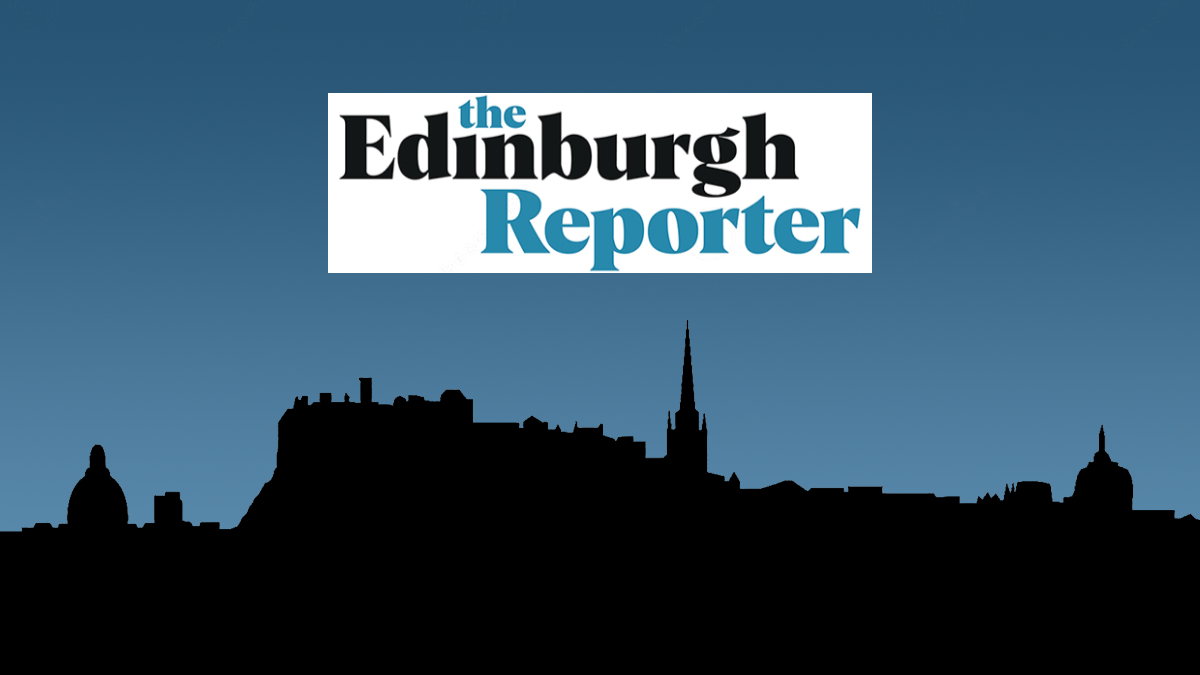They are a symbol of fertility, associated with love and marriage and make an exquisite, jewel-coloured jelly.
Now Scotland’s “wildest wild crab apples” have been gathered by a conservation charity to create a “gene bank” orchard to prevent them being “lost forever”.
Woodland Trust Scotland says the scheme established at its Glen Finglas Estate in the Trossachs will provide a “genetic refuge” for the wildest of the nation’s crab apples.
A seed stand of 59 trees was planted by staff and volunteers beside Loch Venachar after a five-year search to find the wildest crab apples around the country.
Twigs cut from pure wild apple trees in Galloway, Argyll and Ross-shire were grafted to root stock to create the new orchard.
Truly wild crab apple (Malus sylvestris) is one of the rarest trees in Scotland. Precise details are known for only around 300, and their future has been in doubt due to hybridisation with other apples.
The Trust wants a source of truly wild crab apple seeds to plant as part of woodland creation schemes.
It has been working in partnership with forestry consultant Rick Worrell to gather the wild stock to establish the seed stand at Loch Venachar.
Mr Worrell said: “Most apple trees people see in the countryside are not truly native. They are often the result of cores from eating-apples being discarded.
“Apples love to hybridise so there is a wide spectrum of trees out there with varying proportions of wild and domestic genes.”
The new orchard was planted using grafts from truly native trees, which had undergone genetic testing at The Royal Botanic Garden Edinburgh.
Players of People’s Postcode Lottery helped buy the land where the orchard has been planted.
The seed stand has been established with no domestic or hybrid apple trees nearby, to avoid the chance of cross pollination.
Woodland Trust Scotland volunteers will look after the site where 29 more trees will be added next year.
Matilda Scharsach, the Trust’s Volunteering Development Officer, said: “We can’t wait to see the apple trees blossom in the spring, and to begin to harvest the seed in years to come, to grow on for our planting projects.
“If we hadn’t taken steps to create this new orchard preserving the wildest native stock, there was a real prospect of losing them forever.”
The crab apple (Malus sylvestris) has been described as “a symbol of fertility and a forager’s delight”.
One of the ancestors of the cultivated apple — of which there are more than 6000 varieties — trees can live to up to 100 years.
Mature trees grow to around 10m in height. They have an irregular, rounded shape and a wide, spreading canopy. Their gnarled and twisted twigs give them their “crabbed” appearance that may have influenced the common name, “crab apple”.










